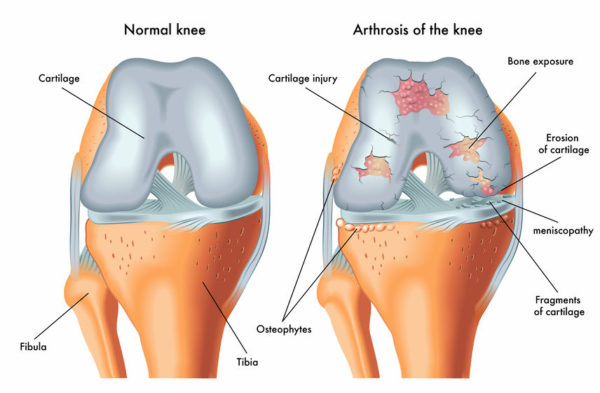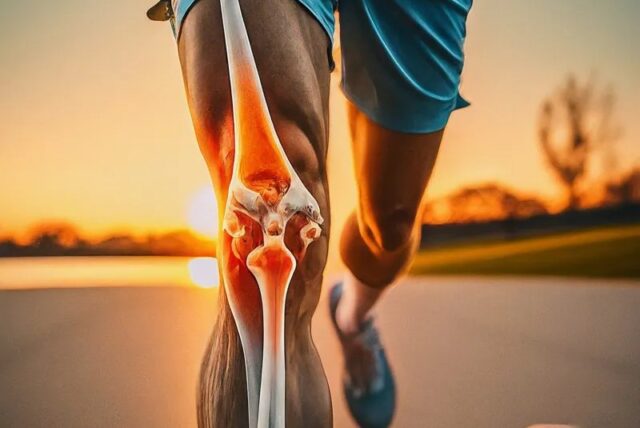As an athlete, your joints endure significant stress from high-impact movements, quick direction changes, and repetitive activities. A cartilage injury can be a serious setback, affecting your performance and sidelining you from the sport you love.
Understanding how these injuries occur, how to recognize them, and what to do if you’re affected is crucial for your long-term joint health and athletic career.
What is a Cartilage Injury?
Cartilage is the smooth, flexible tissue that covers the ends of bones within your joints. It acts as a shock absorber, reducing friction and allowing for smooth, pain-free movement. When this cartilage is damaged—whether through trauma or overuse—it can cause pain, swelling, and reduced mobility.

Why Are Athletes at Higher Risk?
Cartilage injuries are common in sports that involve:
High-impact activities (football, basketball, rugby)
Quick pivots and turns (soccer, tennis)
Repetitive joint stress (running, cycling)
Direct blows or tackles (combat sports, hockey)
Common Causes of Cartilage Injuries in Sports:
1. Acute Trauma: A sudden impact, fall, or awkward twist (e.g., landing incorrectly after a jump).
2. Overuse: Repetitive stress without adequate recovery time, leading to gradual wear and tear.
3. Joint Instability: Previous ligament injuries (like an ACL tear) can increase the risk of cartilage damage.
4. Degenerative Changes: Long-term strain on joints, especially in athletes with high training volumes over many years.
Symptoms Athletes Shouldn’t Ignore:
Persistent joint pain during or after activity
Swelling that doesn’t improve with rest
Stiffness and reduced range of motion
A catching, locking, or grinding sensation in the joint
Joint instability or the feeling of the joint “giving way”
Key Joints Prone to Cartilage Injuries in Sports:
Knee: Most common, especially the meniscus and articular cartilage
Ankle: Frequent in sports with jumping and quick changes in direction
Hip: Seen in athletes involved in kicking or rotational sports
Shoulder & Elbow: Common in overhead sports like baseball, swimming, or tennis
Diagnosis: Getting the Right Assessment
If you suspect a cartilage injury:
See a sports physician or orthopedic specialist promptly.
Imaging tests (MRI) are the gold standard for visualizing cartilage damage.
In some cases, an arthroscopy (a minimally invasive procedure) may be needed for a definitive diagnosis.
Treatment Options for Athletes:
Non-Surgical Approaches:
RICE Protocol: Rest, Ice, Compression, Elevation
Physical Therapy: Tailored rehab exercises to restore strength, stability, and range of motion
Medications: Anti-inflammatory drugs (NSAIDs) for pain and swelling
Injections: Platelet-rich plasma (PRP) or hyaluronic acid to promote healing
Surgical Interventions (if conservative treatment fails):
Arthroscopic Debridement: Cleaning up damaged cartilage
Microfracture Surgery: Stimulating new cartilage growth
Osteochondral Grafting: Transferring healthy cartilage from another area
Cartilage Restoration Procedures: Advanced techniques like autologous chondrocyte implantation (ACI)
Recovery: Getting Back in the Game
Recovery time varies depending on the injury’s severity and the treatment:
Mild Injuries: 4–6 weeks with proper rehab
Moderate Injuries: 3–6 months, especially after surgery
Severe Injuries: Up to a year for full recovery, particularly with cartilage restoration procedures
Rehabilitation focuses on:
Restoring joint stability
Regaining strength and flexibility
Sport-specific drills to prepare for return-to-play
Prevention Tips for Athletes:
Warm-Up and Cool Down: Never skip these routines
Strength Training: Focus on joint stability and muscle balance
Flexibility Exercises: Reduce the risk of strains and tears
Cross-Training: Avoid repetitive stress by varying your activities
Listen to Your Body: Rest when you feel pain—don’t push through it
When to Seek Medical Advice:
If you experience joint pain, swelling, or instability that persists beyond a few days—especially after an injury—consult a sports medicine professional. Early diagnosis and treatment can prevent long-term damage and help you return to your sport safely.
Remember: Ignoring joint pain can turn a minor injury into a career-threatening issue. Prioritize your joint health to stay in the game for the long haul.
For enquires/Consultation
Call- Dr kolade kolapo
+234-7032088130









